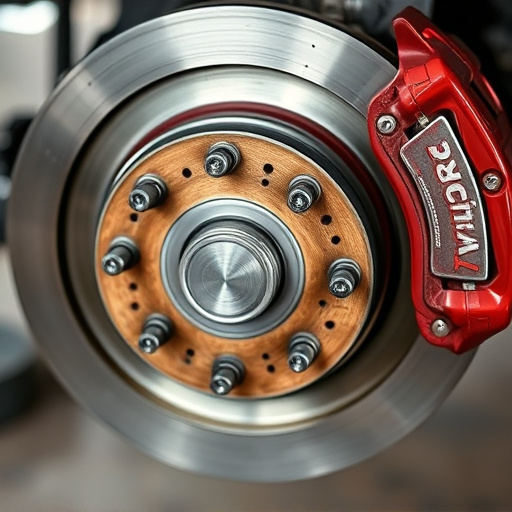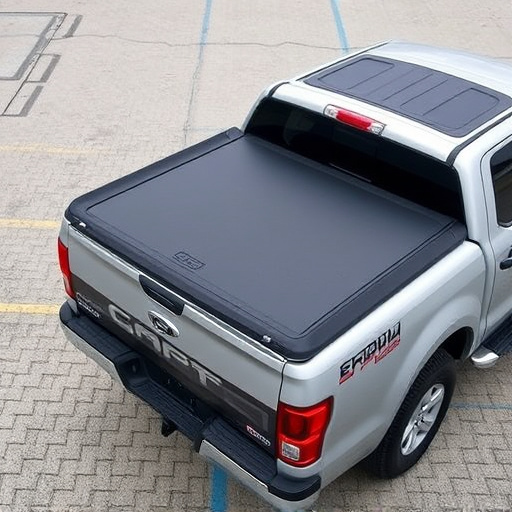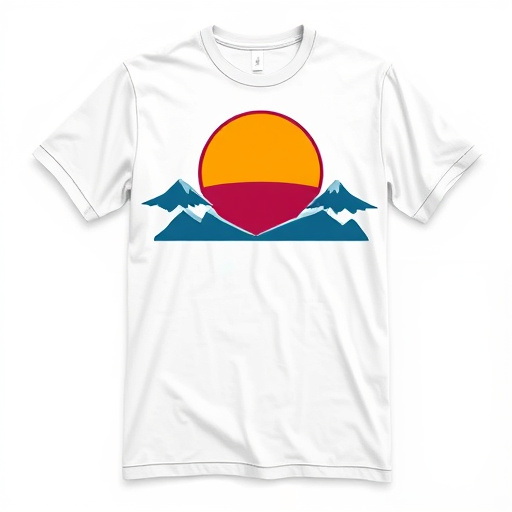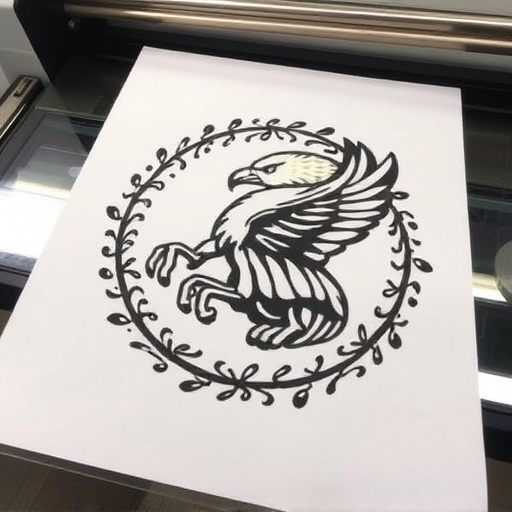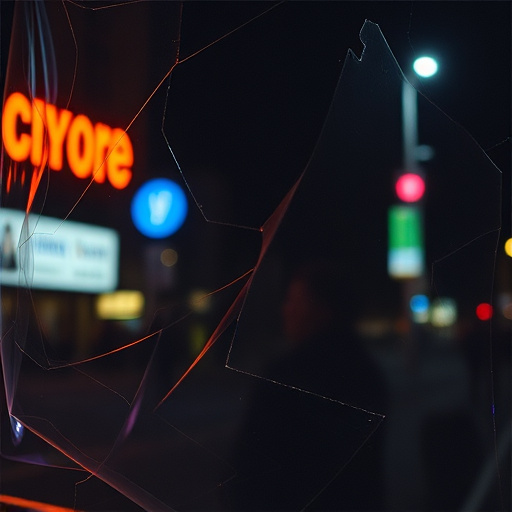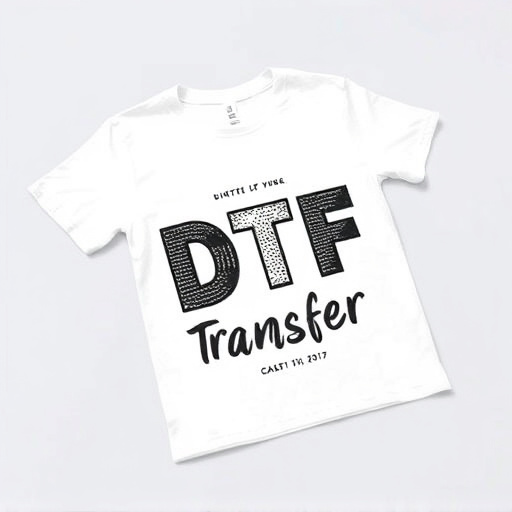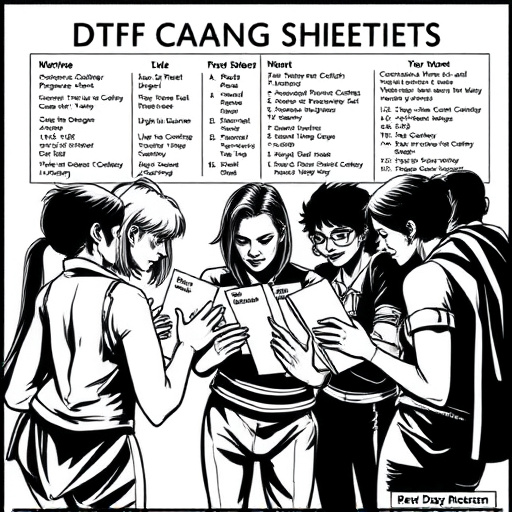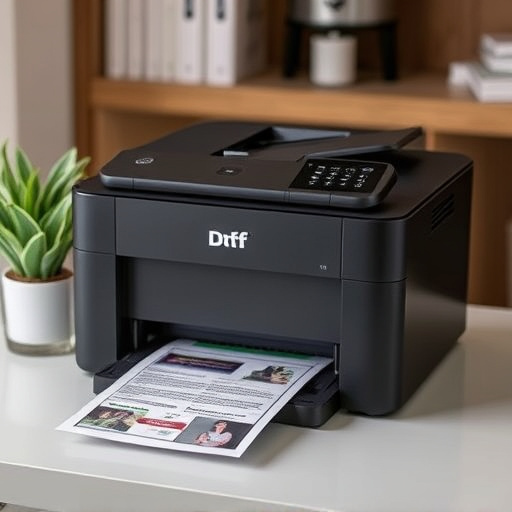DTF (Direct to Garment) Transfers Ready to Press are a game-changer for printing high-quality, long-lasting designs on t-shirts and other fabrics. This technology streamlines the process for both professionals and hobbyists by eliminating separate design and printing steps. With versatile pre-designed transfers suitable for various materials and colors, DTF ensures excellent adhesion and vibrant results. A wide range of online designs makes creating custom prints effortless, appealing to small-scale artisans and large-volume printers. Choosing the right heat press depends on order volume and specific needs, from compact options for personal use to high-volume machines for professionals. Using DTF Transfers Ready To Press involves preparing a design file, feeding the transfer film, setting heat press parameters, pressing, and cooling, resulting in efficient, high-quality prints on diverse materials.
“Unleash your creativity with the power of DTF (Direct-To-Fabric) Transfers Ready to Press. This innovative technique revolutionizes the art of custom printing on various fabrics, offering unparalleled versatility and quality. In this comprehensive guide, we’ll explore the ins and outs of DTF transfers, from understanding their unique properties to selecting the perfect heat press for your project needs. Get ready to master the process with our step-by-step tutorial.”
- Understanding DTF Transfers Ready to Press
- Choosing the Right Heat Press for Your Needs
- Step-by-Step Guide: Using Your Heat Press with DTF Transfers
Understanding DTF Transfers Ready to Press
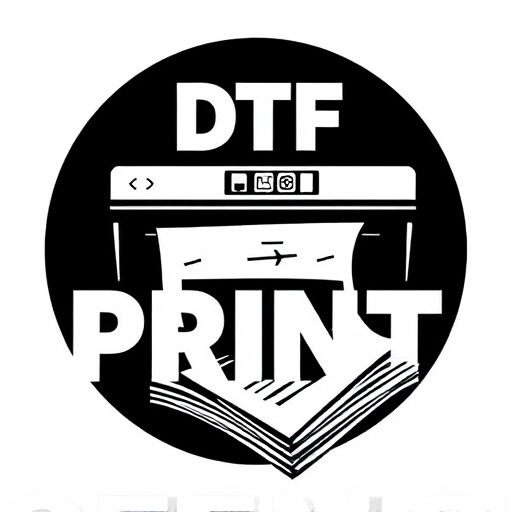
DTF (Direct to Garment) Transfers Ready to Press are a revolutionary way to create high-quality, durable prints on t-shirts and other garments. Unlike traditional methods that require separate design creation and printing steps, DTF transfers offer a simplified process. The pre-designed, heat-applicable transfers are ready for direct application onto fabrics, making them an efficient choice for both professional printers and hobbyists.
These transfers are versatile, suitable for various materials and colors, ensuring excellent adhesion and vibrant, long-lasting results. With a wide range of designs available for online ordering, creating custom dtf printed shirts is effortless. The ease of use, combined with the ability to produce durable prints, makes DTF an attractive option for those seeking a modern and efficient garment decoration method, catering to both small-scale artisans and large-volume printers.
Choosing the Right Heat Press for Your Needs
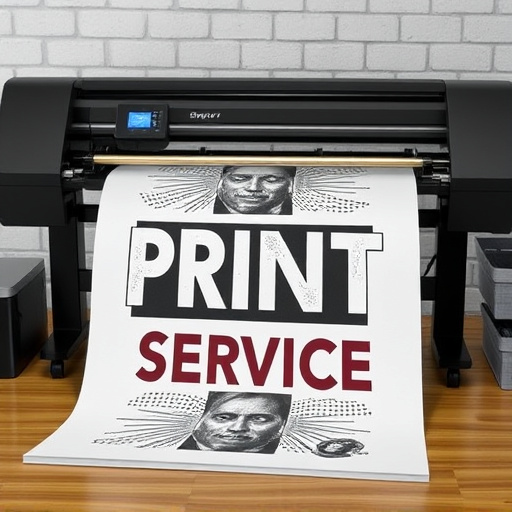
When selecting a heat press for your DTF (Direct-To-Garment) transfers ready to press projects, it’s crucial to consider your specific needs and production volume. For small orders and hobbyists, a smaller, more compact press may be ideal. These machines are affordable, easy to use, and perfect for creating personalized items or testing designs. However, if you’re looking to scale up and cater to larger orders, investing in a more robust heat press is necessary.
High-volume presses offer faster heating times, wider platens, and advanced control settings, ensuring consistent and high-quality DTF prints. They are designed for efficiency and accuracy, allowing you to achieve precise color matching (a key factor in DTG printing) and maintain excellent print quality. Whether you’re a professional graphic designer or an entrepreneur looking to start a small business, choosing the right heat press will significantly impact your workflow and the final outcome of your DTF transfers.
Step-by-Step Guide: Using Your Heat Press with DTF Transfers
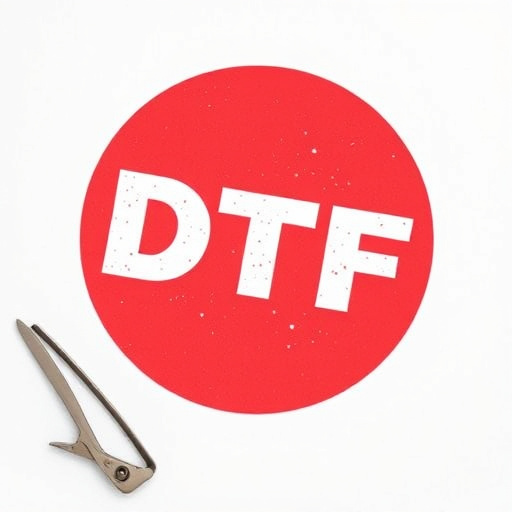
Using your heat press with DTF (Direct to Film) transfers is a straightforward process once you understand the basics. Begin by preparing your design file; ensure it’s in the correct format and resolution for printing. Next, feed the DTF transfer film into your heat press, ensuring proper alignment. The key to successful DTF printing lies in precise heat press settings—temperature, pressure, and time must be exact. Typically, a temperature range of 300-350°F (149-177°C), moderate pressure, and a pressing duration of 15-20 seconds for most materials work well.
After setting your heat press, place the design side of the DTF transfer onto the item you wish to print, ensuring full contact. Apply even pressure across the entire surface, then carefully lift the heat press plate to reveal the printed image. Allow the transfer to cool before applying any finishing touches. This method offers a quick and efficient way to create high-quality prints on various materials, making it a popular choice for both professional printers and DIY enthusiasts alike.
Using a heat press with DTF (Direct to Fabric) transfers ready to press is an efficient and effective way to create high-quality, long-lasting prints on various materials. By understanding the basics of DTF transfers, selecting the appropriate heat press, and following a simple step-by-step guide, you can achieve professional results at home or in a small business setting. Incorporating this versatile technique into your design process opens up a world of creative possibilities with fast turnaround times.

